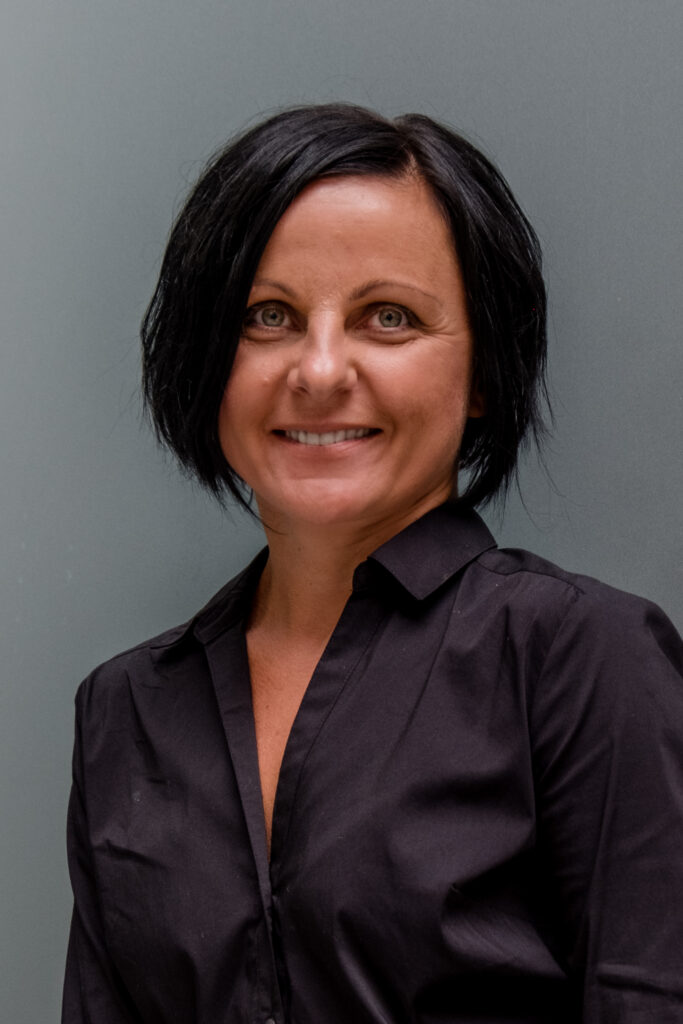RIFM Principal Scientist Aurelia Lapczynski Leads Breakthrough Approach on Fragrance Safety in Aquatic Environments
11.3.25
The revised framework expands protection of aquatic ecosystems.
A new open-access manuscript in Environmental Toxicology and Chemistry marks a major step forward in protecting aquatic ecosystems from fragrance ingredients used in everyday products. The update, led by Aurelia Lapczynski, Principal Scientist at the Research Institute for Fragrance Materials (RIFM), introduces an expanded framework for evaluating and prioritizing the environmental safety of fragrance ingredients.
Fragrance ingredients are widely used in personal care, cleaning, and laundry products. While much of what flows down household drains is neutralized by wastewater treatment plants, a small portion may end up in receiving bodies of water, such as rivers. Since 2002, RIFM has provided a scientific framework to screen these materials for aquatic risk, ensuring environmental safety. But with the fragrance market expanding and new scientific tools available, it was time for an update.

The new framework expands RIFM’s original approach beyond the U.S. and Europe to include South America, the Asia-Pacific region, and Japan. This more inclusive perspective is essential as fragrance materials are used worldwide, often in regions with varied wastewater treatment infrastructure. Other critical improvements include integrating advanced predictive tools for ecological hazard assessment and sophisticated environmental fate models, which, together, refine the characterization of aquatic exposure through an iterative tiering process. This means the process employs a step-by-step approach, starting with simple, conservative estimates and progressing to more detailed, complex testing, when necessary, thereby ensuring an efficient, more accurate assessment.
“This new framework gives us the ability to assess thousands of fragrance ingredients more quickly and with greater accuracy,” said Aurelia Lapczynski, lead author of the study. “It’s a science-based tool that not only safeguards aquatic ecosystems but also reflects today’s ethical standards in reducing animal testing.”
Read the full study, Aquatic risk of fragrance materials: advancing prioritization in aquatic systems.
To learn more, watch this short video.